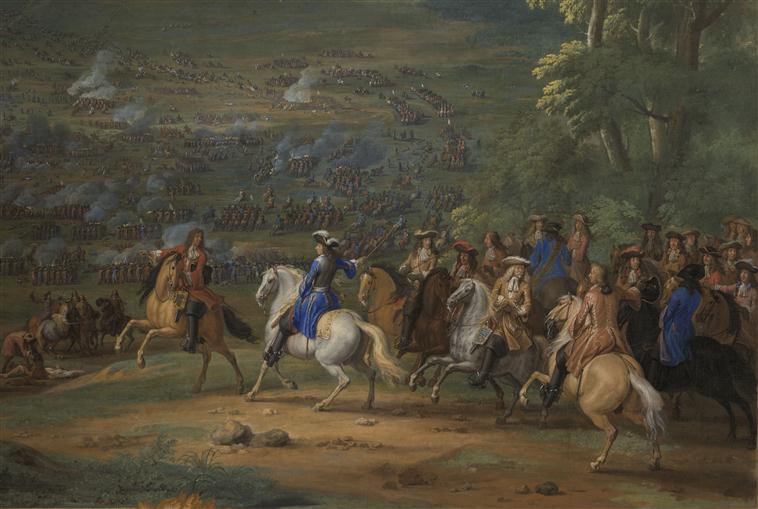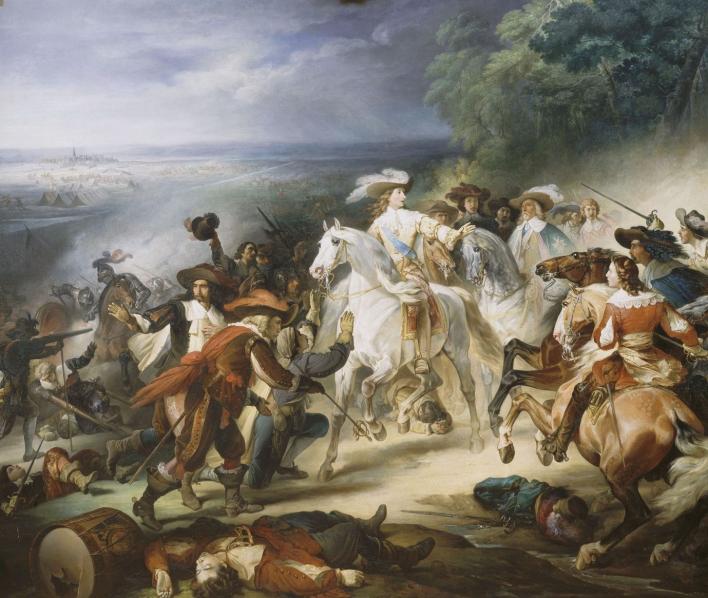Lots to cover in this early 19th century era! Some useful links and resources:
“Fighters to the End,” about the bitter rivalry between Sylvanus Thayer and Alden Partridge.
Ships of Sail (US Navy. Explore frigates, brigs, and sloops). The only remaining US Navy sailing ship in commission is the USS Constitution. See for example, the USS Constitution‘s Battle Record (our source for last time’s letters describing battle with HMS Java, Dec 1812)
1821 Army Regulation Manual, authored by Gen. Winfield Scott
Seminole Nation’s perspective on the Seminole Wars
Video: “The Seminole War” (Historical Society of Palm Beach County)
Maj Gen Scott’s Military Order No. 25 regarding Cherokee removal, 1838
A Soldier Recalls the Cherokee Trail of Tears (1838, written in 1890)


